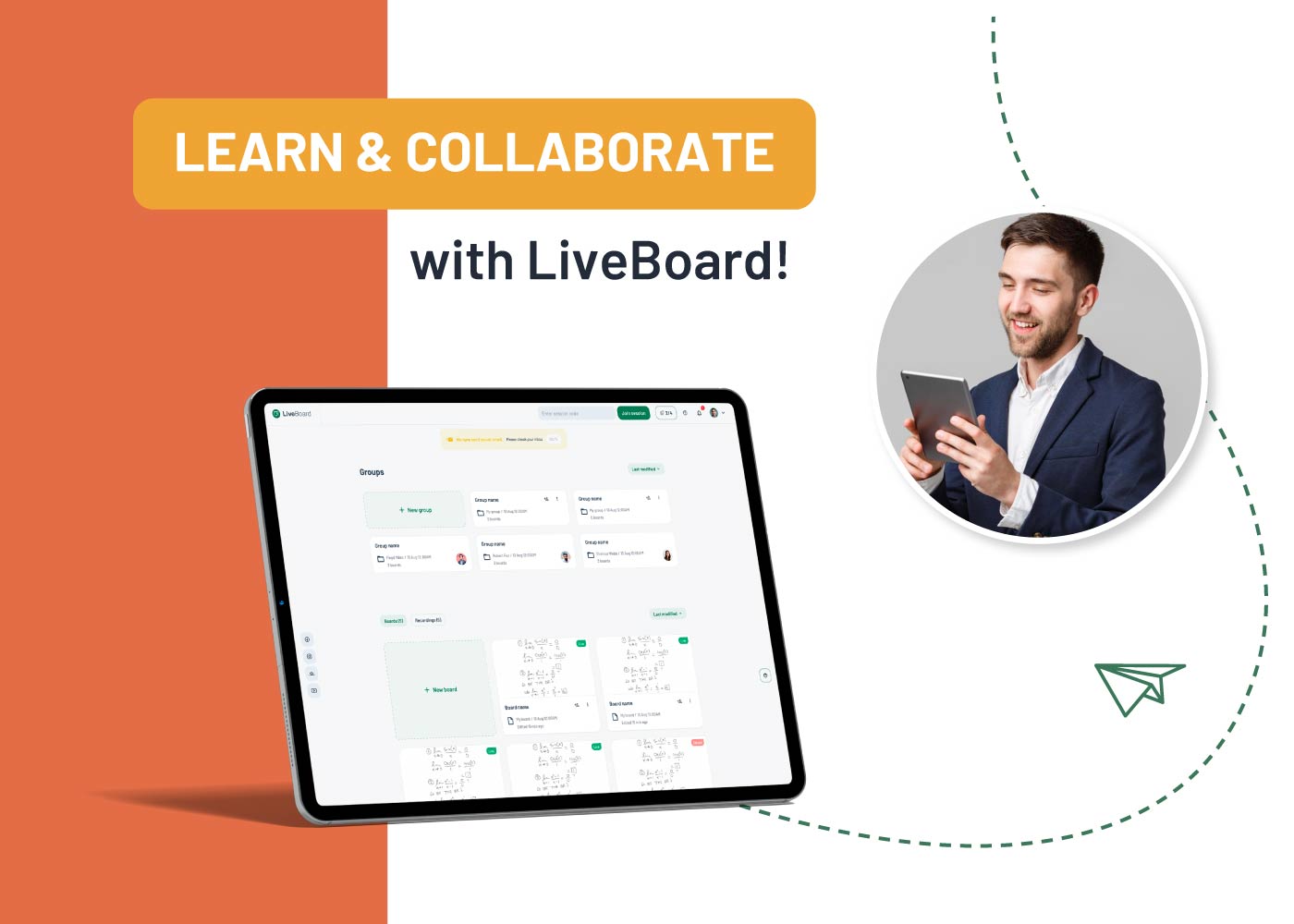Although teaching and tutoring are often thought of as the same thing, they are quite different. When it comes to advancing your education, a number of different options are available to you. This blog post will explore the difference between teaching and tutoring and guide you through the different learning outcomes these two specializations pursue.
Keep reading for a more thorough explanation!
Teacher: Job Overview and Responsibilities
A teacher’s job is the foundation of the entire educational system. The nuances involved in their job are often unrecognized. Let’s explore them now!
Large Classes

Teachers manage classes of 25-30 students on average and build their lessons on the curriculum set by their country’s government while using the mechanisms that best fit the needs of most of their students. This is because the students in the classroom are at different levels of knowledge, and there is a need for a middle ground to address the learning needs of the entire student population. As a result, a teachers’ audience is a large group of students who grasp the taught material in different patterns and at different times.
Professional Qualifications
Teachers are required to have professional qualifications. A bachelor’s degree is a must, with higher degrees offering a huge advantage in supporting a more professional teaching process. In addition, to be eligible to teach at public schools, teachers must also have a teaching license.
Time
According to Forbes, teachers work about 47 hours per week on average. Typically, a teacher’s job at a public school starts early in the morning, from 8:30 to 9 am, and lasts until 3 to 3:30 pm. The government takes responsibility for designing and adjusting teachers’ schedules and curricula.
Salary
Teachers have a fixed salary they earn every month. Based on data provided by US News, the median salary for a high school teacher is around $62,870, with 25th and 75th percentiles of $49,990 and $81,410, respectively. The differences in pay are mainly due to the varying number of hours teachers put in weekly.
Assessment
Teachers’ assessment methods are standardized. Tests have similar patterns in terms of assignment difficulty. The grading system is the same for all students in a class. Weekly quizzes, monthly tests, and end-of-semester exams are teachers’ most common testing tools.
Tutor: Job Overview and Responsibilities
A tutor’s job is becoming more popular as the number of students enrolled in private schools or homeschooled increases. Online tutoring, in particular, has gained huge popularity since the onset of the Covid-19 pandemic. For a deeper understanding of a tutor’s job, let’s explore it more thoroughly!
Small Groups

Tutors work with small groups consisting of one to three students. The intimate setting allows for a more personalized approach and caters to each student’s individual needs.
This produces more effective learning outcomes for students as they get to ask whatever questions they have and get them addressed immediately.
Furthermore, in tutor-managed groups, students share the pace and the manner in which they grasp the taught material. This is because most tutors use placement testing to divide their students into different groups based on their background knowledge and skills related to the subject.
As a result, the learning process becomes more productive, as tutors do not have to balance various learning styles and can focus on delivering the content rather than making the message accessible for every type of student.
No Professional Qualification Needed
Tutors do not need to have professional qualifications. In many cases, a certificate is enough. The certification process is not rigorous for teachers. Tutors can prepare for a career with anything from a well-designed online course to a prestigious certification program.
Flexible Timing
Tutors have more flexible working hours than teachers in most cases. Since their sessions have fewer students, they normally agree on the timing with students and allocate the times of the week that fit everybody’s schedule.
Besides the flexible timing, tutors also have great deal of freedom in structuring their sessions. Unlike teachers, who base their lessons on the curriculum designed and approved by the government, tutors develop their material independently and cover topics that best fit their students’ educational needs.
Salary
Tutors are typically paid by the hour, and their income depends on the number of hours they work weekly and the number of students they tutor. Indeed.com reports the average base salary for tutors is around $24.76 per hour.
Assessment
Tutors usually assess their students’ performance informally. This means they do not use standardized tests, and base their evaluation on session participation, homework, and other assignments.
The grading system is also more flexible as tutors often grade students based on effort rather than achievement.
How to Conduct Teaching And Tutoring Successfully
Regardless of the differences between teaching and tutoring, both are essential for educating intelligent generations. To improve teaching effectiveness, we suggest LiveBoard, an online whiteboard designed to make the learning process more interactive for both school teaching and online tutoring.
The Liveboard app for school teachers is the #1 downloaded application on Google Play. The app helps teachers keep track of their students’ participation, engage students with quick questions, and export the class material in PDF format for further revision.
Additionally, LiveBoard ensures everyone in the classroom has access to the board, in contrast with brick-and-mortar classrooms, where the board can sometimes be invisible to the students sitting in the last row.
For tutors, LiveBoard is a convenient tool for organizing tutorial groups and categorize them based on subject and the number of students. The one-to-one learning environment is guaranteed through interactive visuals and a personalized approach.
Sign up now to start your LiveBoard journey!
Conclusion
In summary, there are several key differences between teaching and tutoring, revolving around the lesson setting, student assessment, and the required qualifications. While both occupations have pros and cons, they are still essential for delivering quality education.
If you are interested in exploring online teaching and tutoring options, check out LiveBoard – an online whiteboard app that makes the learning process more interactive for both school teaching and online tutoring.


